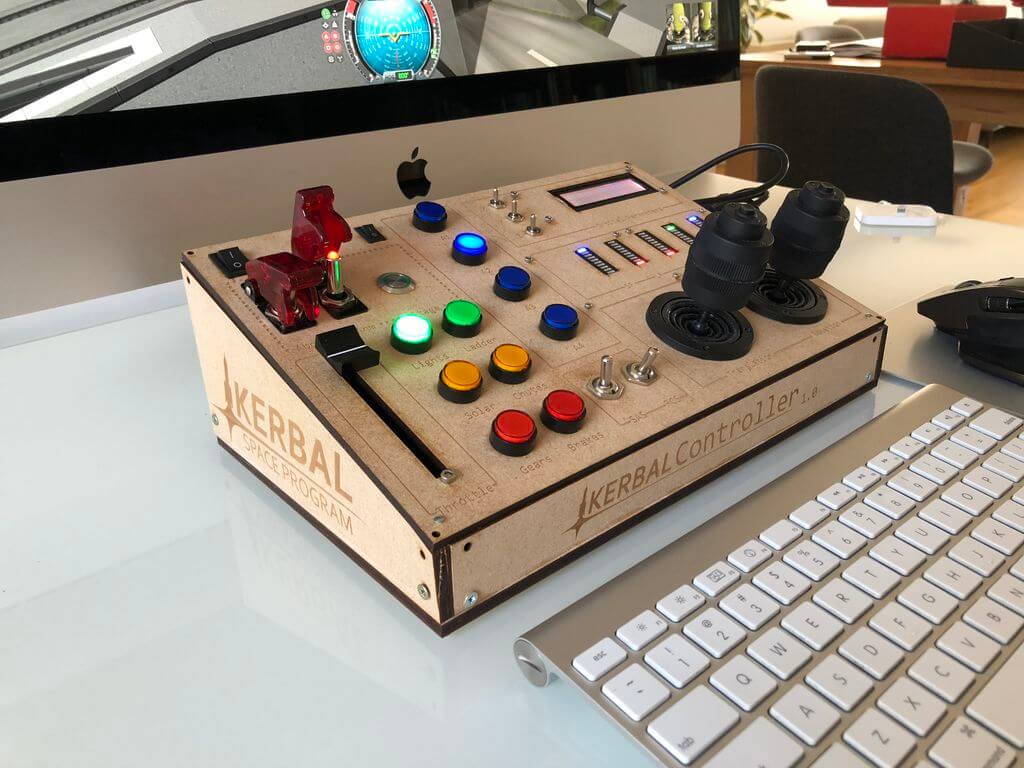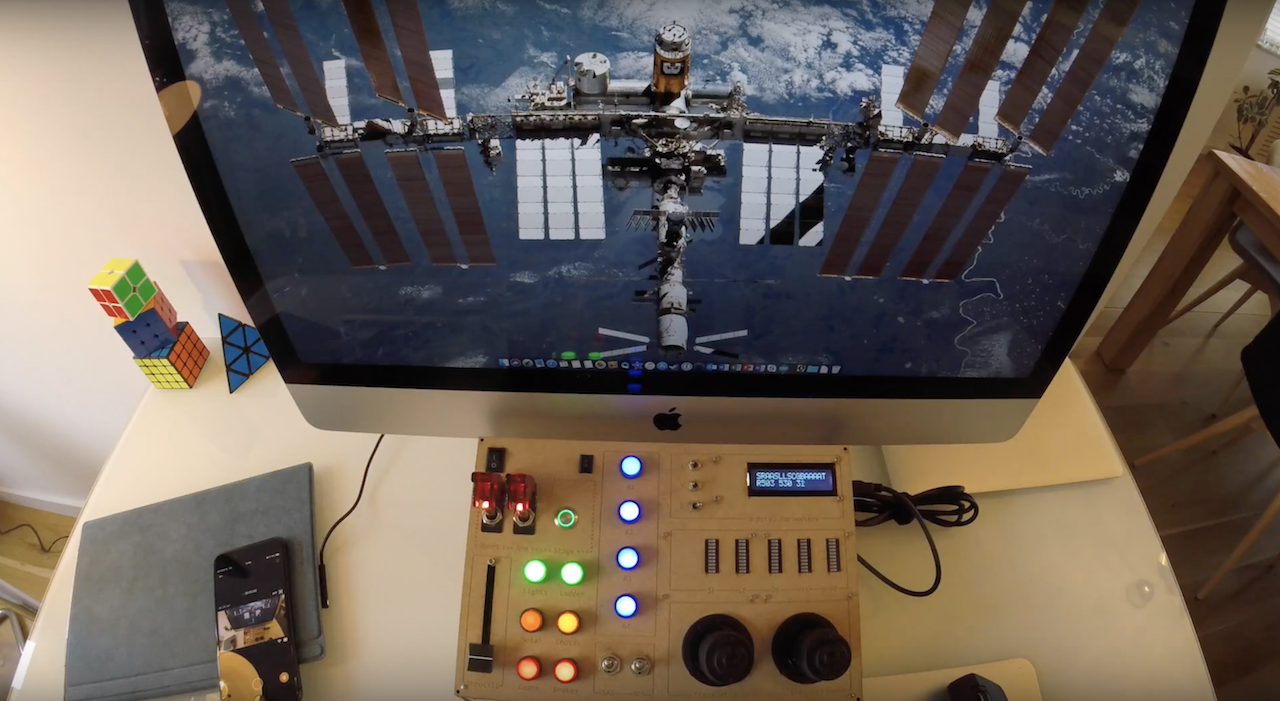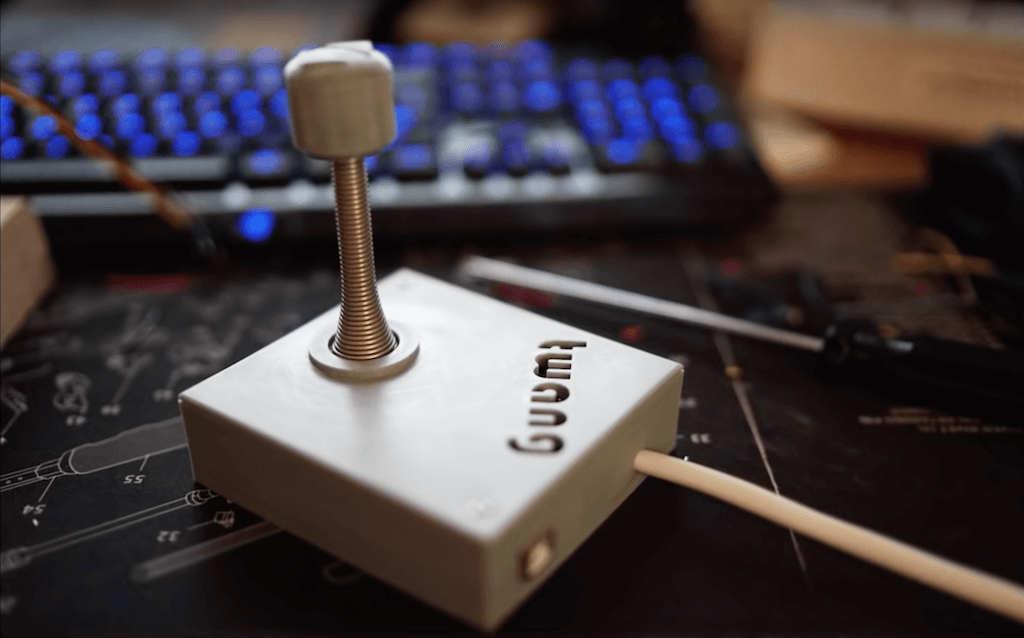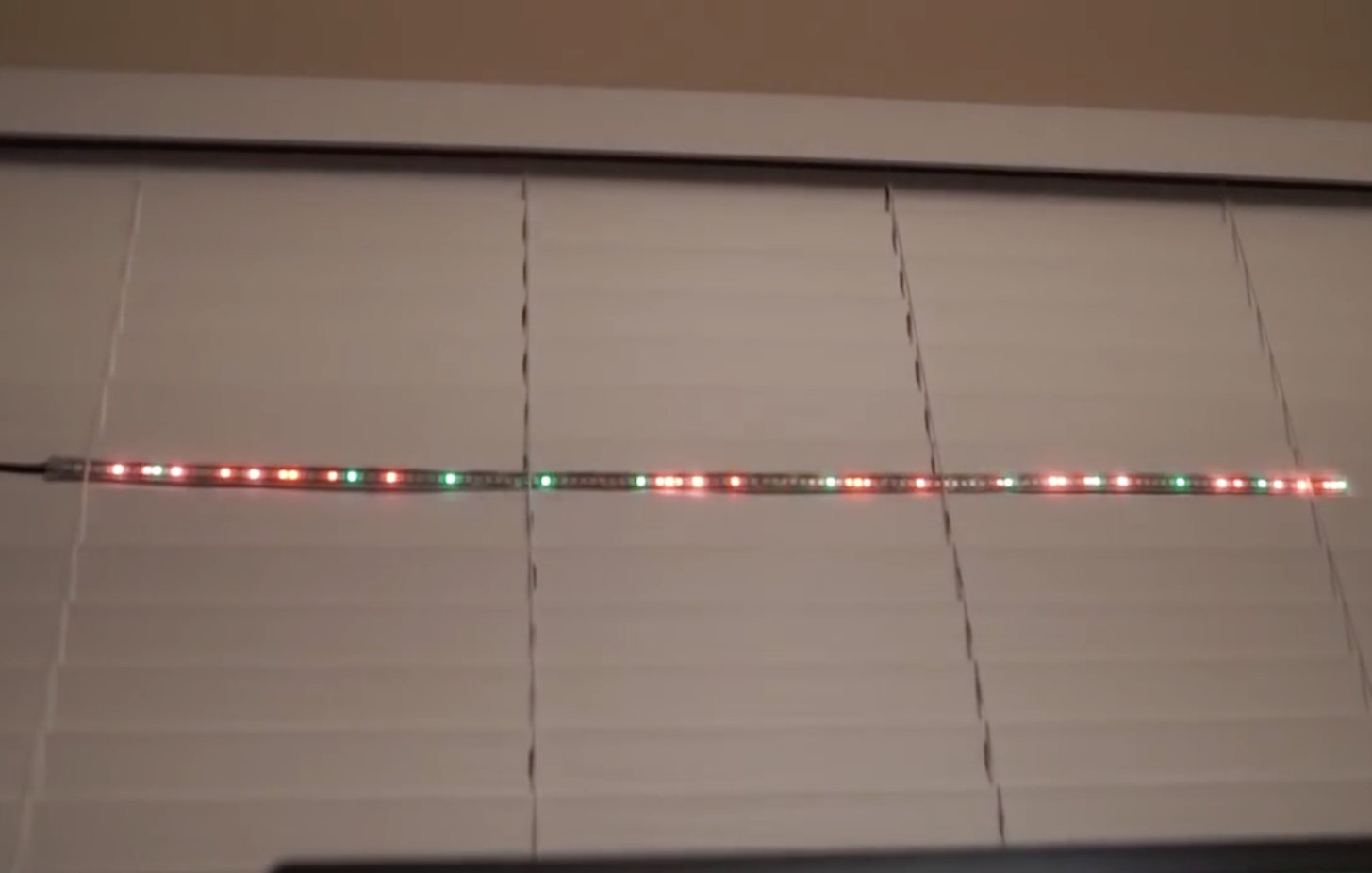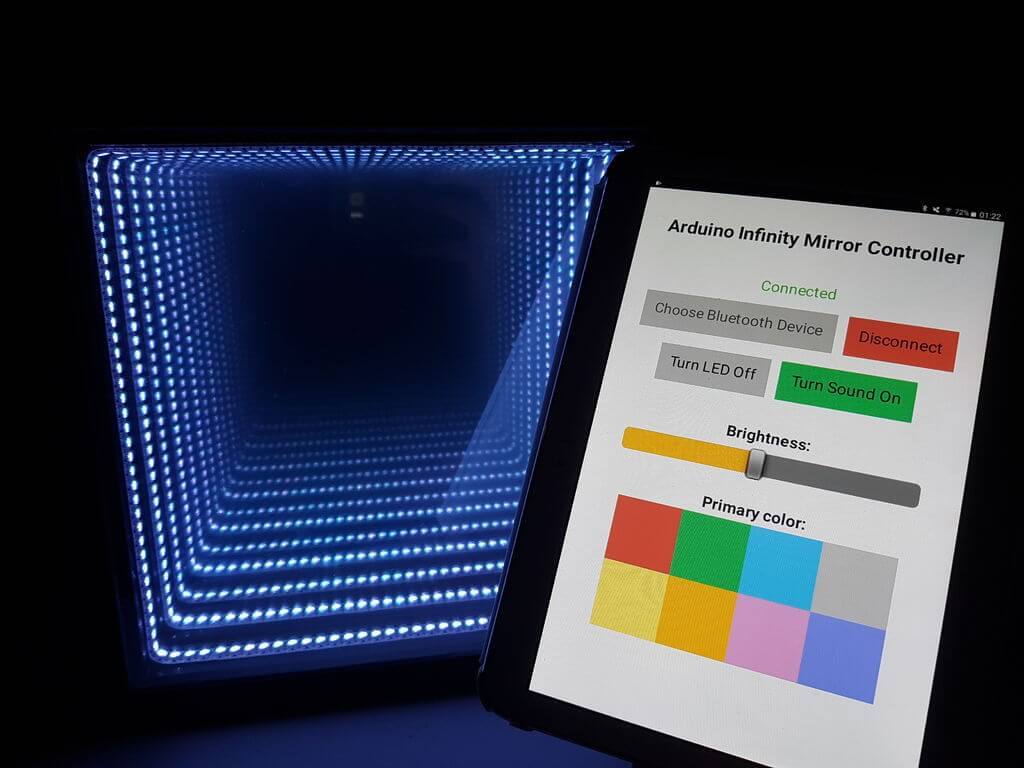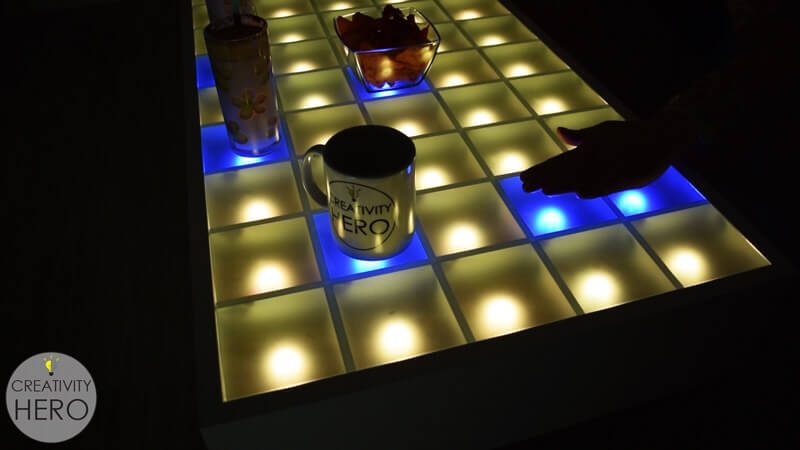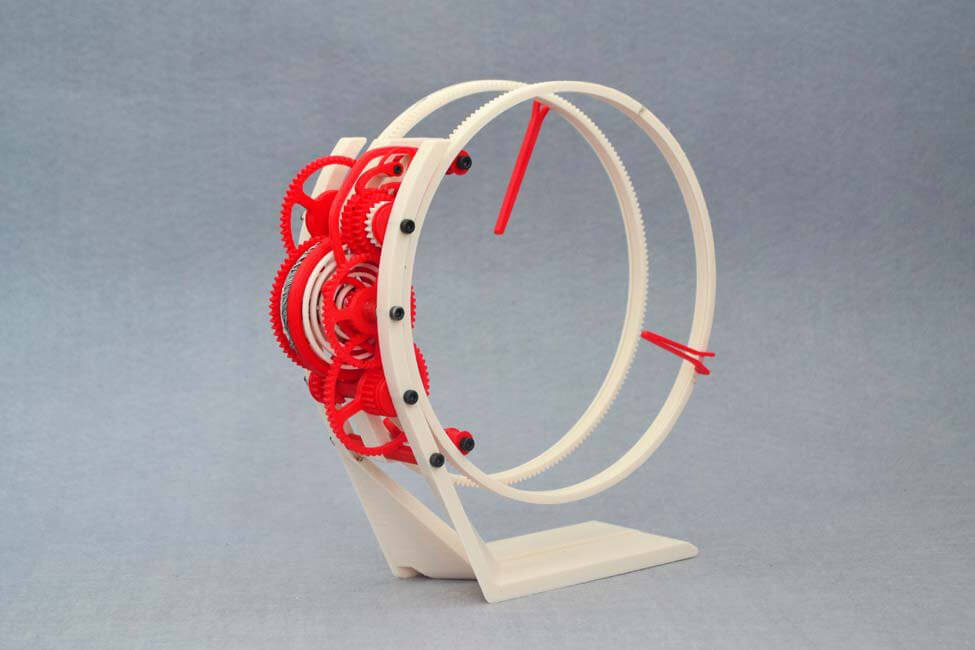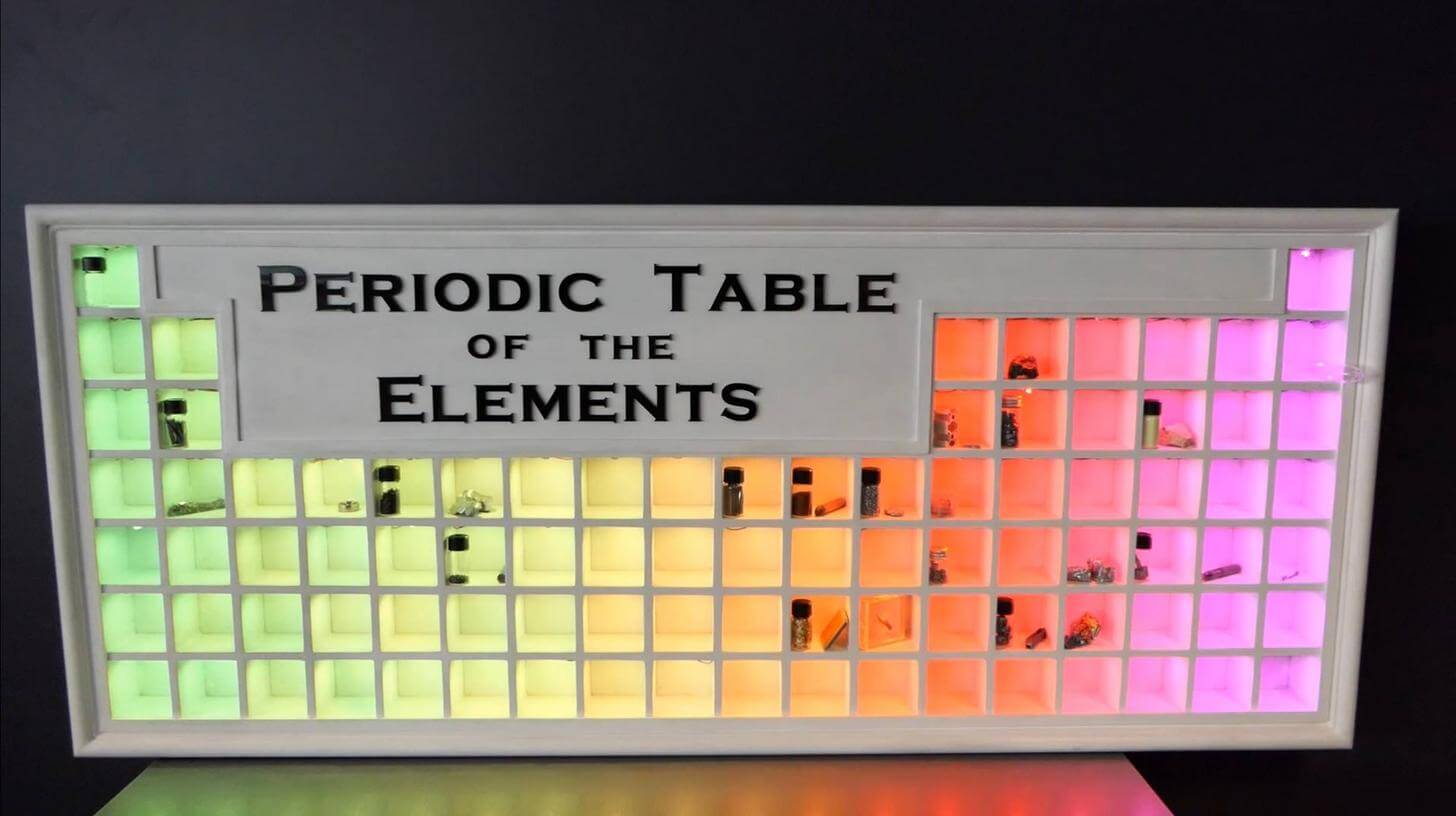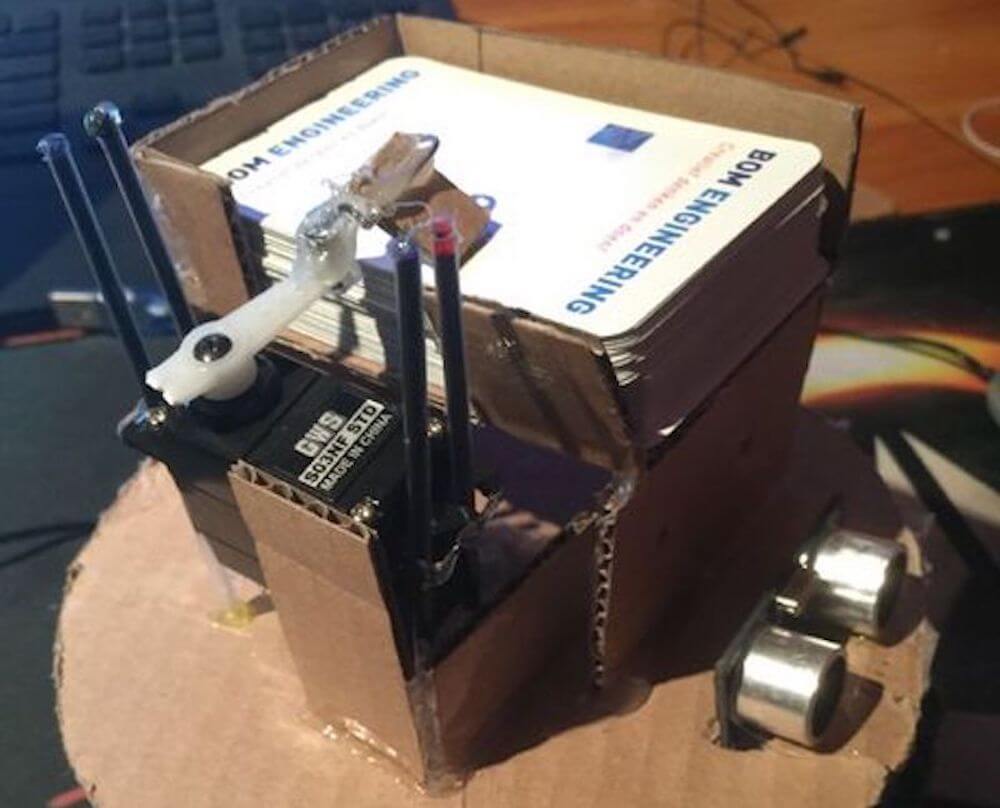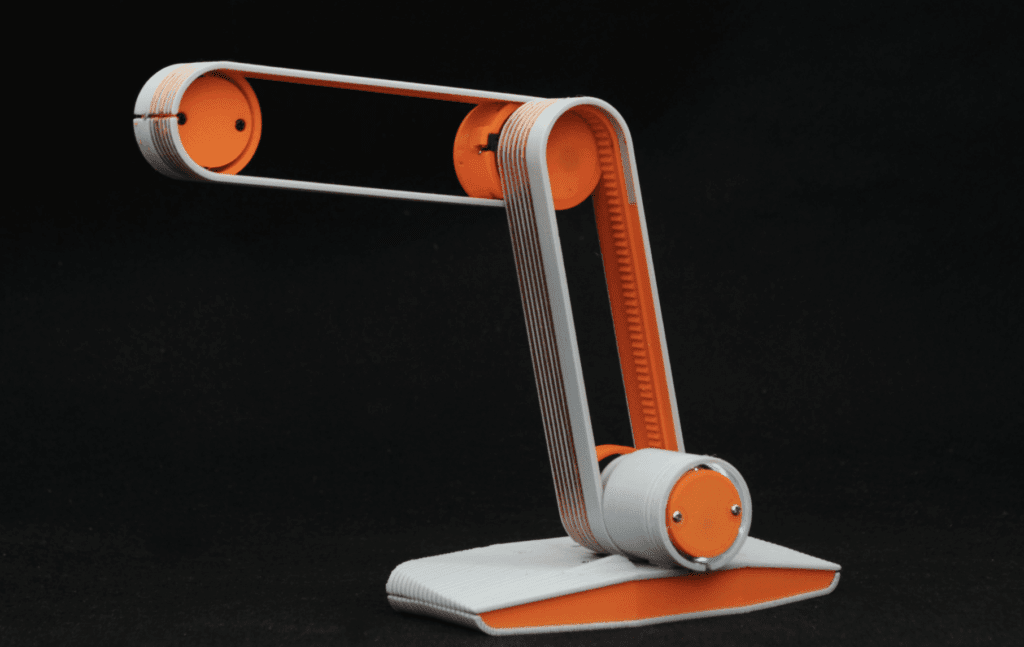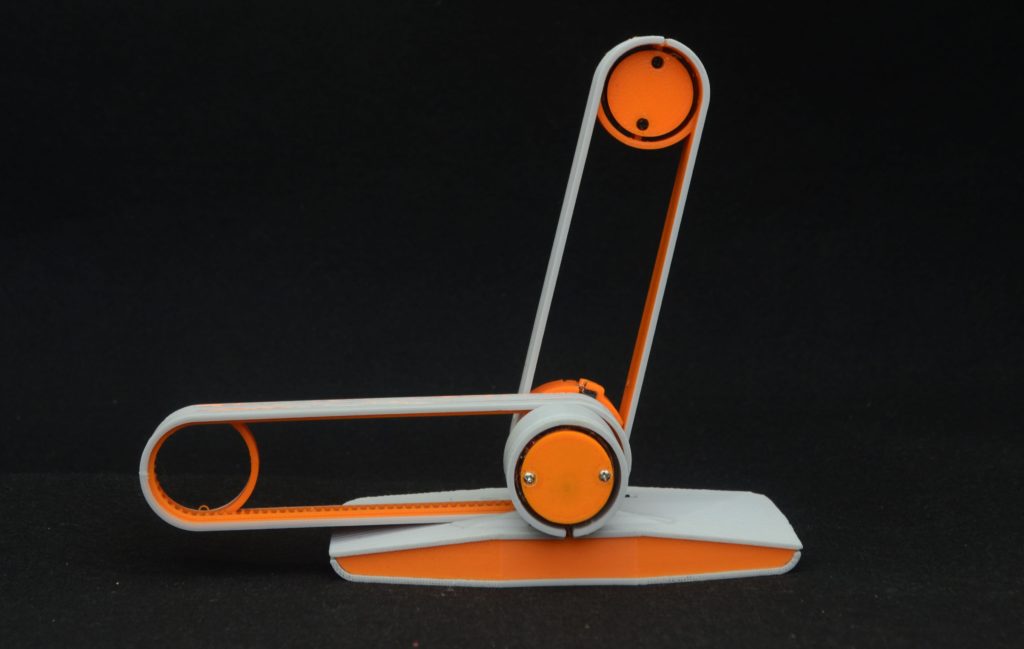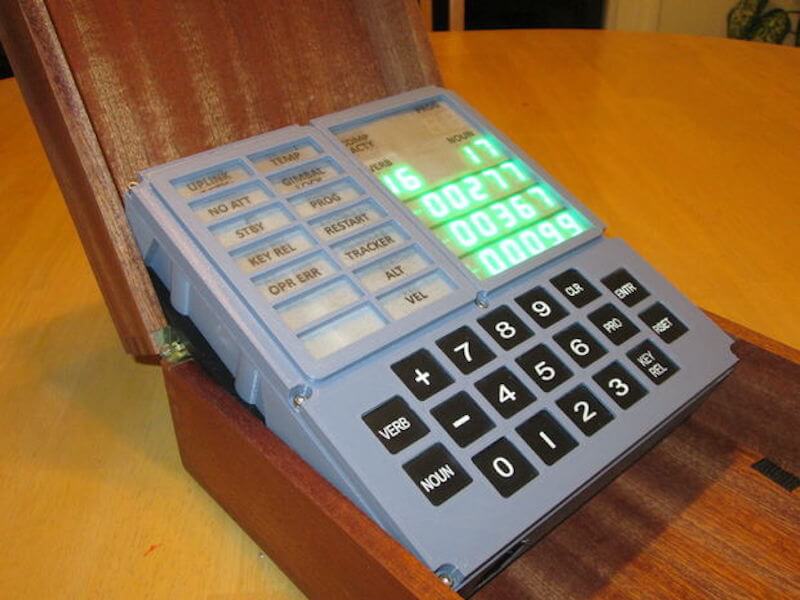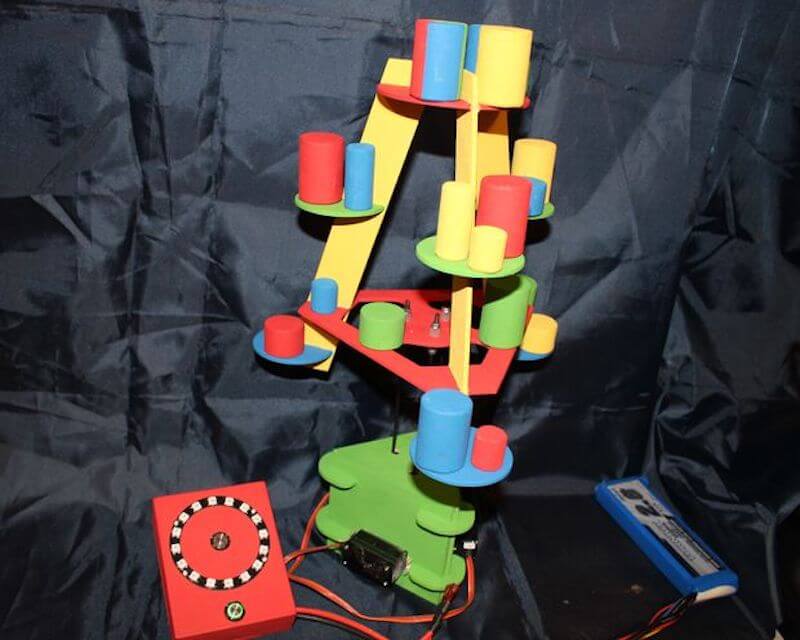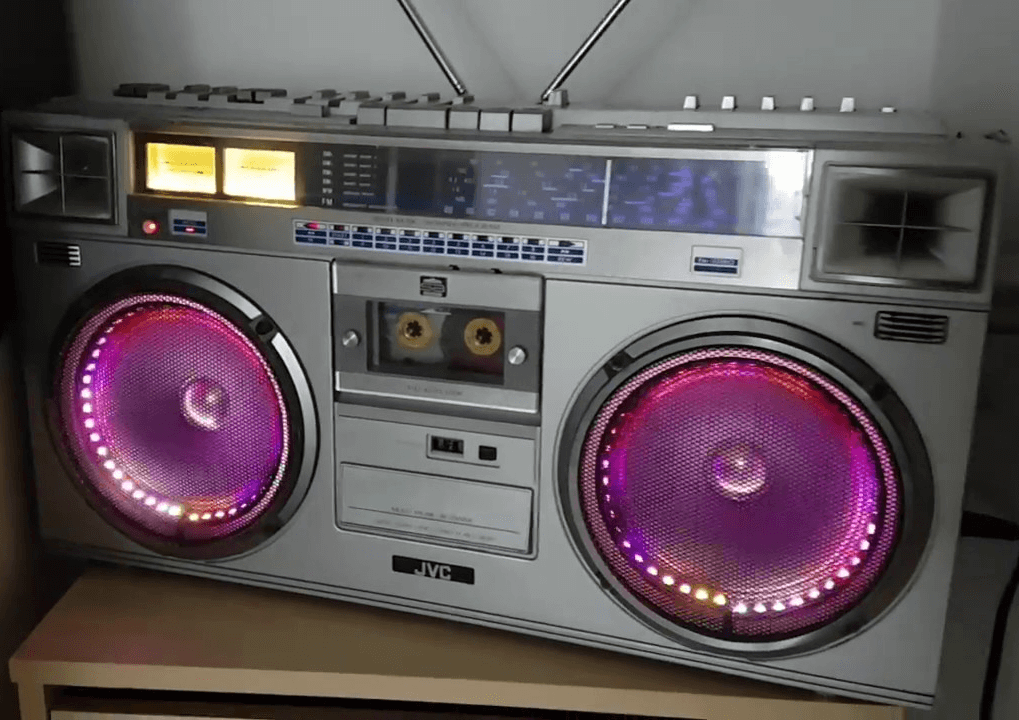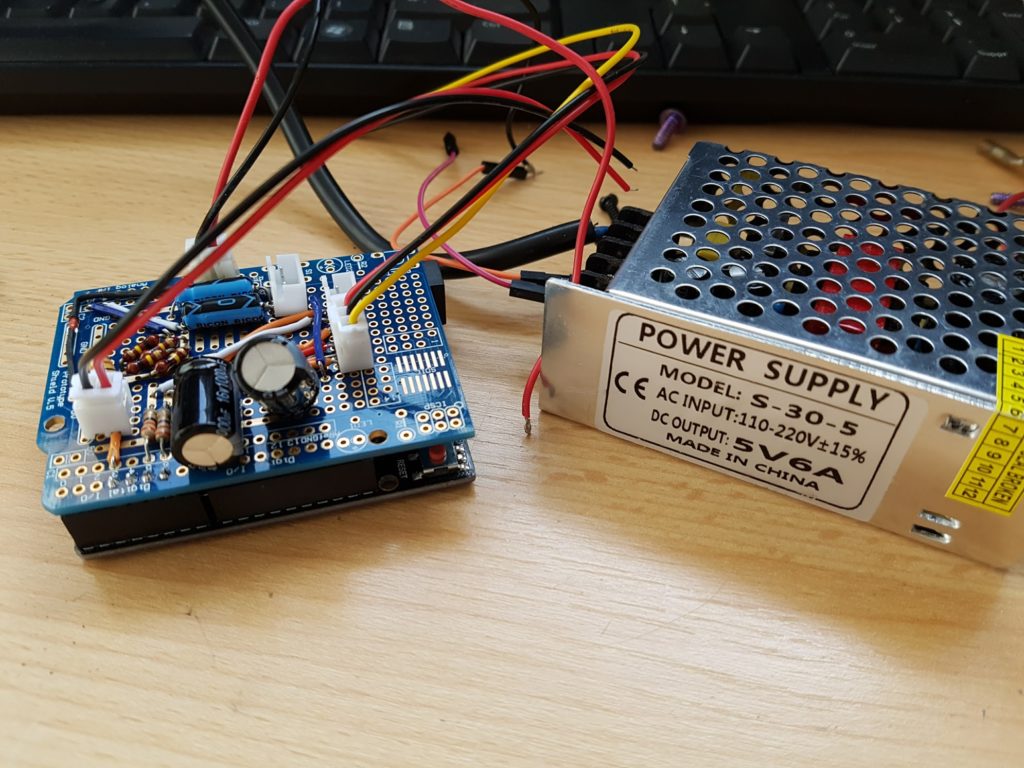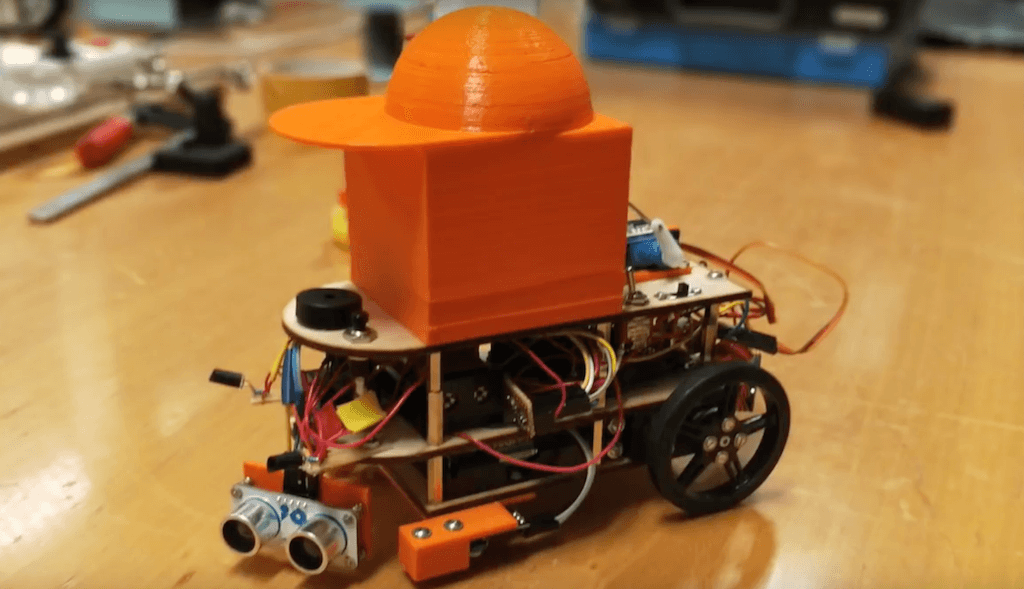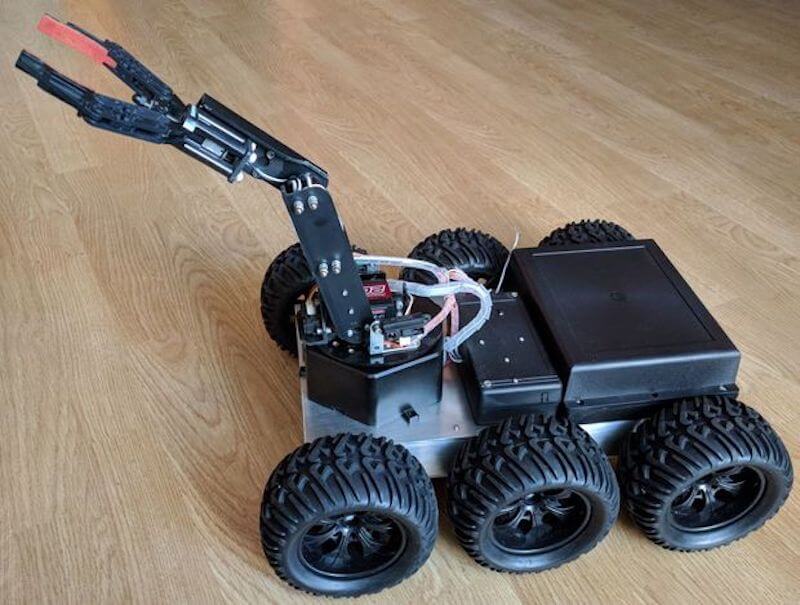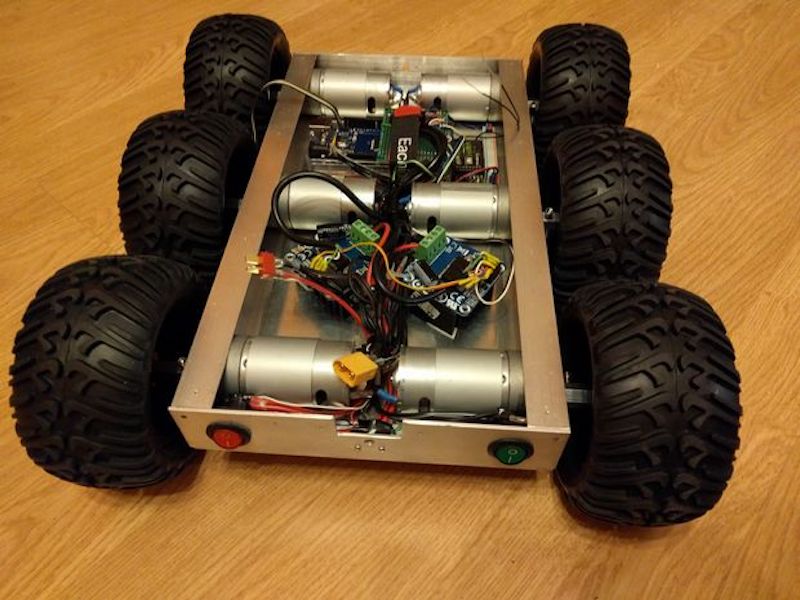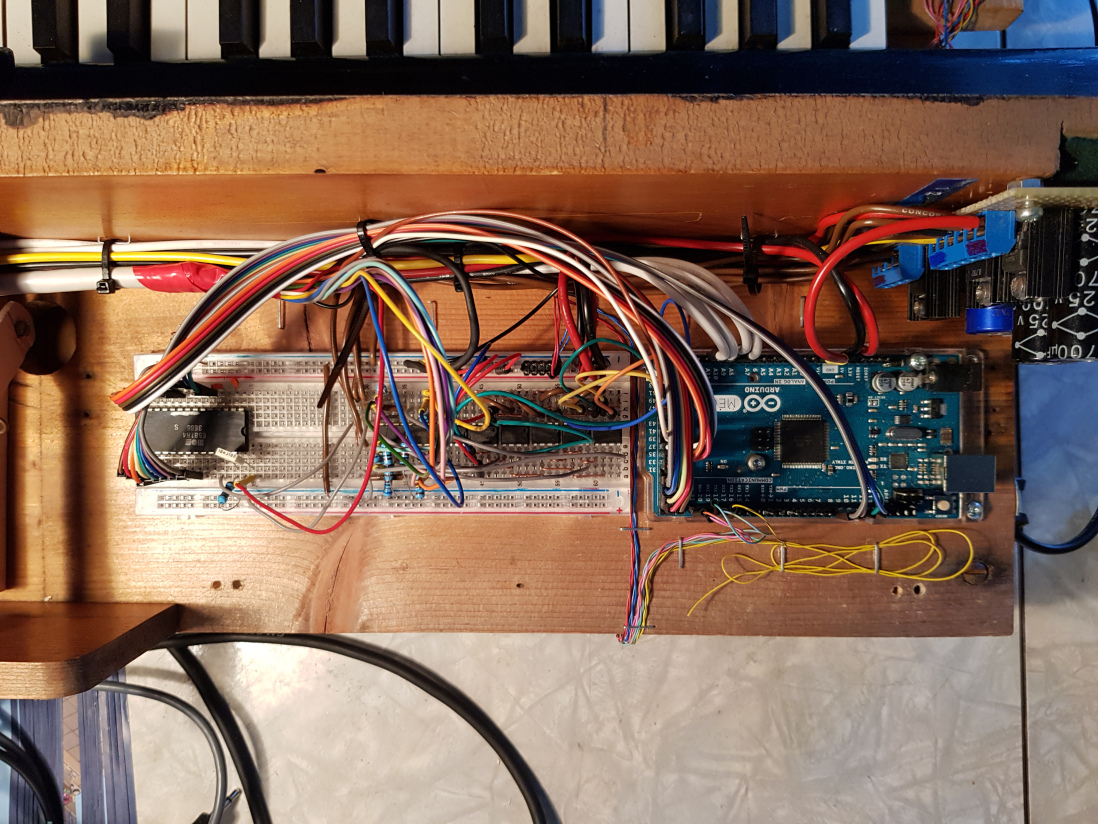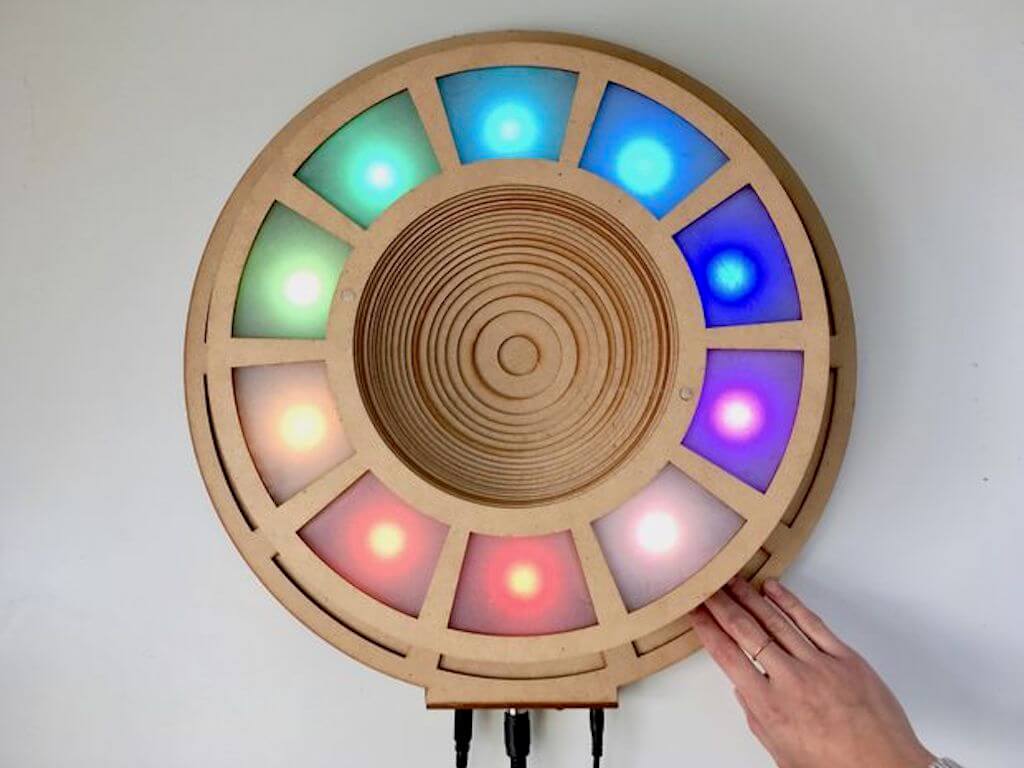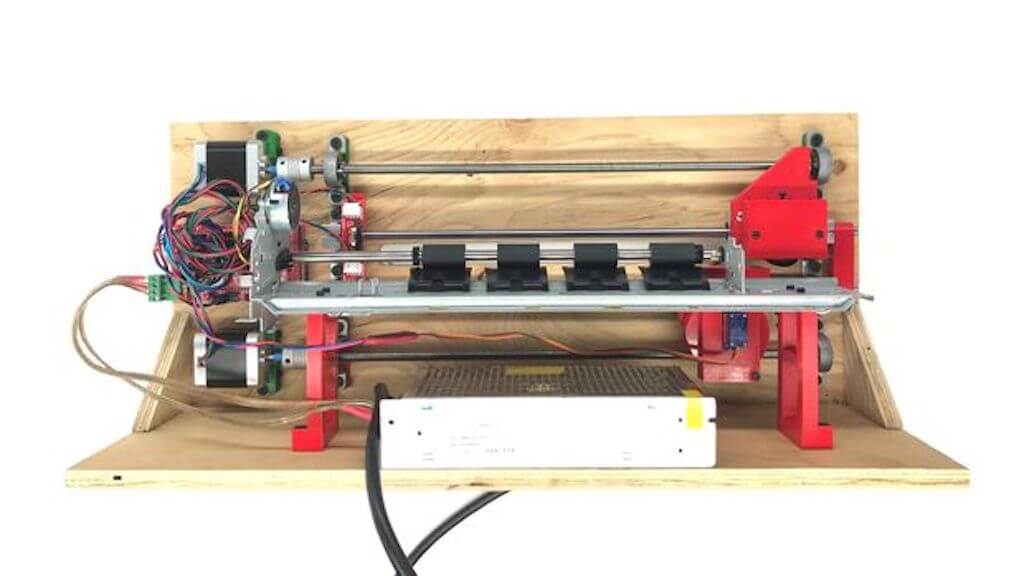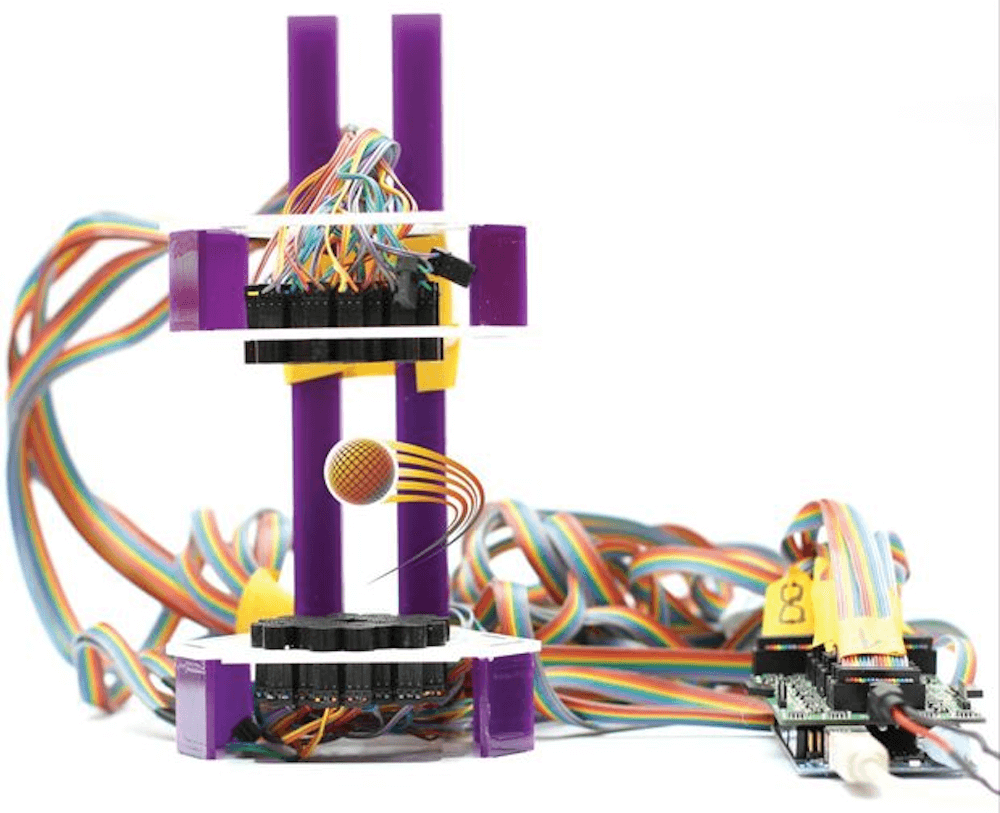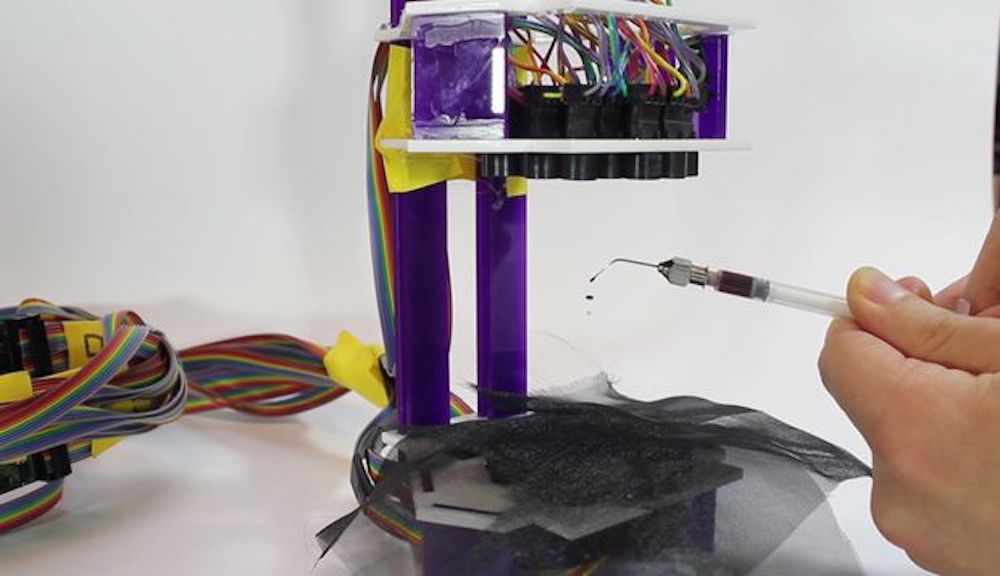Reading Time: 2 minutesThis is a clock design inspired by martial arts weaponry banned from playgrounds all over the world. What could possibly go wrong? Meet the Edgytokei, made with Arduino and 3D printing.
Don’t Miss: 3D Printed Clock: 19 Great Projects to Tell the Time
Designer Ekaggrat Singh Kalsi created a faceless clock that is able to tell time with two hands — but it never makes a full rotation. Whoah.
The way Edgytokei works is that an Arduino Nano powers a novel mechanical gear assembly via a pair of motors. In turn, this causes the two hands to physically switch positions between the second arm being mounted on the base and on the tip of the first arm.
This unique and challenging representation of time changes form every fifteen minutes. As Kalsi explains on his project page:
“The Edgytokei which literally means edge clock is inspired from the Japanese nunchucks. Just like the nunchucks the clock is just a pair of two arms displaying time by balancing themselves on the edge,” he says.
“The clock consists of two arms and the base on which the arms are anchored. Both the arms are of equal length as the role of the arms changes with different hours of the day.”
Check it out in action in the video below, and see if you can tell the time:
Edgytokei is Made with Arduino and 3D Printing
Did you manage to figure it out? If not, then allow Kalsi to elaborate further.
“The fulcrum of the clock flips from the center to the left or right of the clock every quarter hour so that the clock can stand on the edge to represent the time between quarter past and quarter to hour,” he says.
“This flipping of the arms keeps the clock dancing on the edge throughout the day. The base which contains the electronics of the clock provides a anchor for the clock and prevents the arms from falling over.”
Because the positioning of the arms have to avoid crashing into each other, Kalsi had to roll up his sleeves when it came to programming the clock. All the unique positions of all the hours had to be elaborated. And naturally, the entirety of the housing and arms are 3D printed on a custom dual color Corey machine.
As it happens, this isn’t Kalsi’s first rodeo with 3D printed clockmaking. Last year he shared Torlo on Thingiverse, a project which is only marginally more conventional. You can still still the arms of a clock to tell the time, but it functions by rotating discs with fixed arms.
Website: LINK
